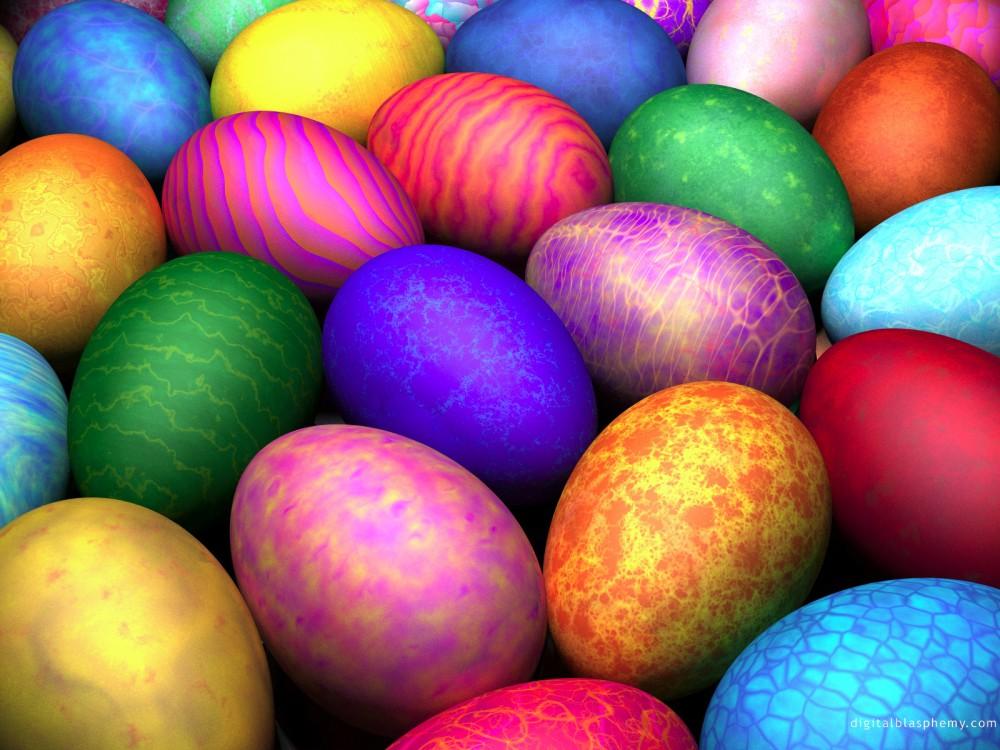Easter is a strange holiday

Courtesy Photo / easergiftsforkids.com Easter
Apr 21, 2011
While Malia and Sasha Obama prepare to roll Easter eggs across the White House lawn, Americans around the country will find their own ways to celebrate the holiday.
Easter, which falls on the first Sunday following the full moon after spring starts on March 21, is a religious holiday that celebrates the resurrection of Jesus Christ. Although it is Christianity’s most important tradition, Easter has also been transformed into a veritable commercial boon as the second-best candy-selling holiday in America behind Halloween.
In fact, 90 million chocolate Easter bunnies – the most popular candy associated with this holiday – are produced each year. Additionally, 5 million marshmallow Peeps are made each day to prepare for the Sunday celebration. And according to the National Confectioners Association, more than 16 billion jelly beans are made, which is enough to fill an egg measuring at 89 feet high and 60 feet wide.
Although the origins of the holiday’s name are not clear, it is believed that Easter is derived from Eostre, the goddess of fertility. Eostre, which means spring, was represented by the hare. According to the History Channel, this was fitting as rabbits have earned a reputation as “prolific procreators.”
The Easter Bunny dates back to a custom practiced by German immigrants in the 1700s. When they settled in Pennsylvania, they brought their tradition known as “Osterhase” or “Oschter Haws” in which children would make nests for the bunny to lay its colored eggs. As the fabled celebration grew in the U.S., egg nests were replaced with baskets and included candy and gifts.
Eggs are viewed by some as symbols for Jesus’ emergence from the tomb when he resurrected. Decorating eggs dates back to the 13th century. Eggs were forbidden during Lent, the 40-day period of penance leading up to Easter Sunday. People decorated the eggs to mark the end of Lent and ate them on Easter to celebrate.
Traditionally, families celebrate Easter by engaging in egg hunts, gifting Easter baskets filled with sweets and eating a Sunday brunch. In Washington, D.C., the annual White House Easter Egg Roll opens the grounds for egg rolling, sports, storytelling and live musical performances. The tradition began with President Rutherford B. Hayes in 1878 and takes place on the Monday after Easter Sunday.
But if you can’t make it to the White House for some traditional egg rolling, then here are some other ways to celebrate Easter.
For more information on these and more holiday activities, visit GRNow’s 2011 Easter guide online at grnow.com/easter.

























